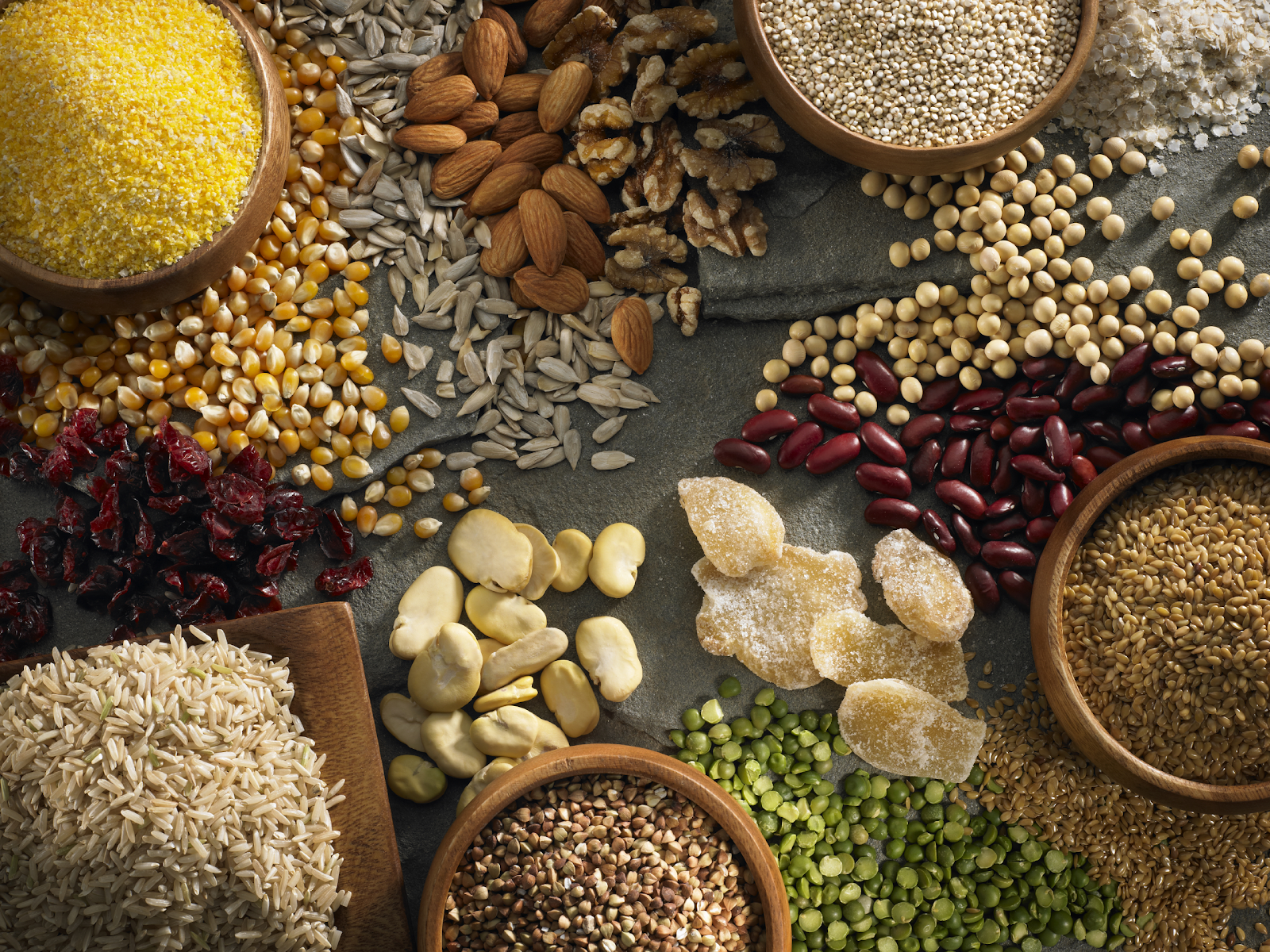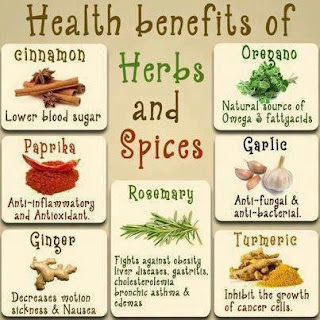Importance of Whole Grains for Your Health
Although all grains can be good sources of complex carbs and key vitamins and minerals, whole grains which are the best types of grains -- are a vital part of a healthy diet.
Grains naturally contain fiber which can help you feel satisfied and full, which will make it easier to maintain healthy weight. Whole grains have a lower chance of developing diabetes or heart disease.
Different types of grains
Grains and whole grains, also known as cereals, are the seeds of grasses that have been cultivated to produce food. Whole grains and popcorn kernels come in many sizes.
- Whole grains
These whole grains can be eaten in their entirety or ground into flour. All seed parts are retained, such as the germ, bran, and endosperm.
Whole grains have a higher content of fiber than other grains. They also contain more important nutrients such as iron, folates, selenium, and potassium. Whole grains can be used in single foods like brown rice or popcorn or as ingredients in other products like whole-wheat flour or buckwheat flour in bread.
- Refined grain
A refined grain is a refined grain that has had its germ and bran removed. This gives them a finer texture and increases their shelf life. Refinement also removes nutrients such as fiber.
White flour, white rice, and white bread are all examples of refined grains. Refined grains are used in many pieces of bread, cereals, crackers, desserts, and pastries.
- Enriched grains
Enhanced means that some nutrients are restored after processing. Some enriched grains replace the B vitamins that were lost during milling. Fortifying is adding nutrients to food that aren't naturally found in it. Many refined grains have been enriched with vitamins and minerals, and whole grains can be or not be fortified.
Whole grains
At least half of your grains should be whole grains. Whole-grain varieties of bread, pasta, cereal, flour, and cereal can get in most grocery stores. Whole-grain foods include a wide range of bread, pasta, and cereals ready to be eaten.
These are some examples of whole grains:
- Barley
- Brown rice
- Buckwheat
- Bulgur (cracked Wheat)
- Millet
- Oatmeal
- Popcorn
- Whole-wheat bread, pasta, and crackers
It can be difficult to determine the type of grain a product contains, especially bread. A brown bread, for example, is not necessarily made from the whole WheatWheat. It could be that the brown color comes from additional coloring.
You can verify that a product contains whole grains by looking at the Nutrition Facts panel or the product label. Look out for the word "whole" and ensure that whole grains are included in the first item on the ingredient list.




Comments
Post a Comment